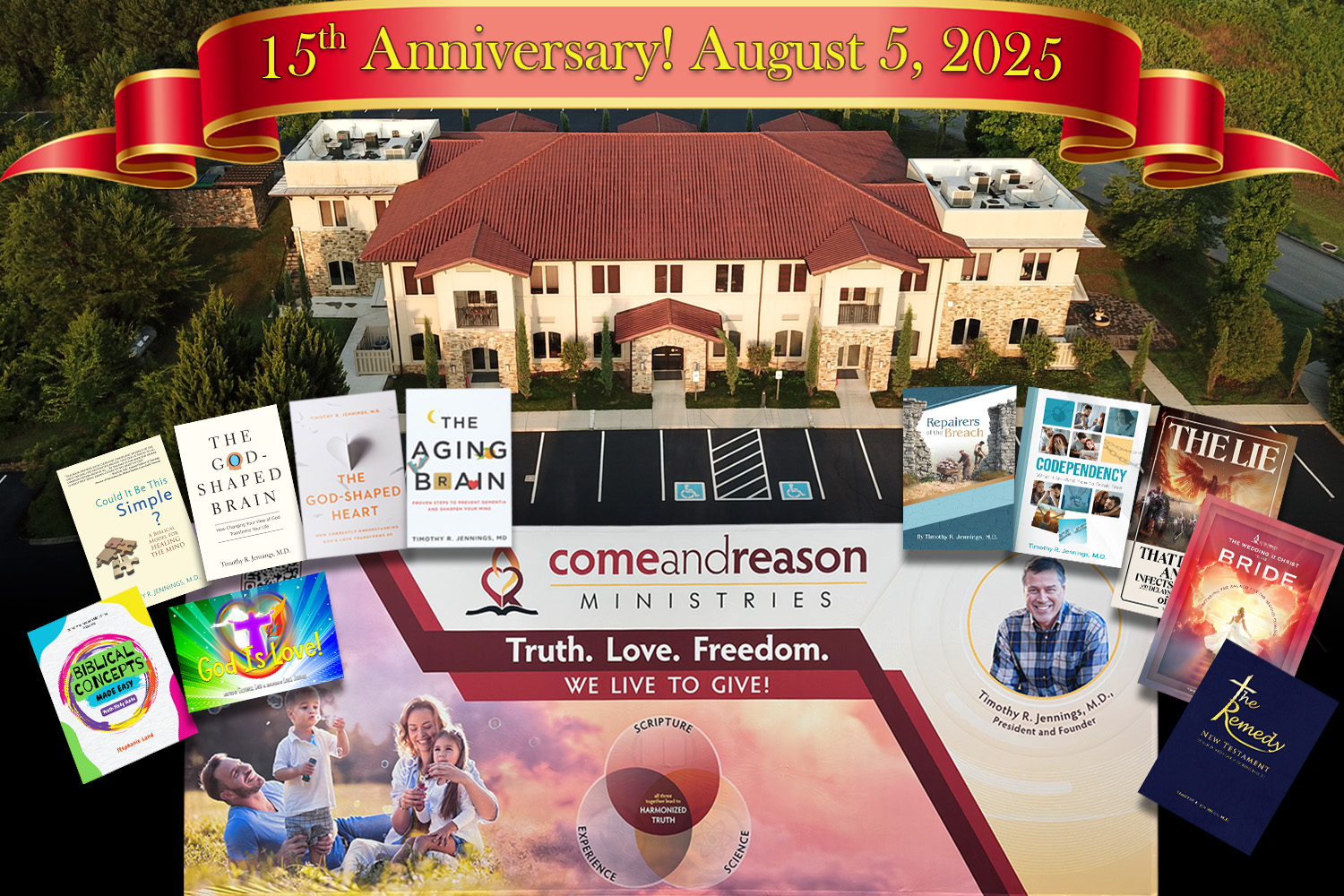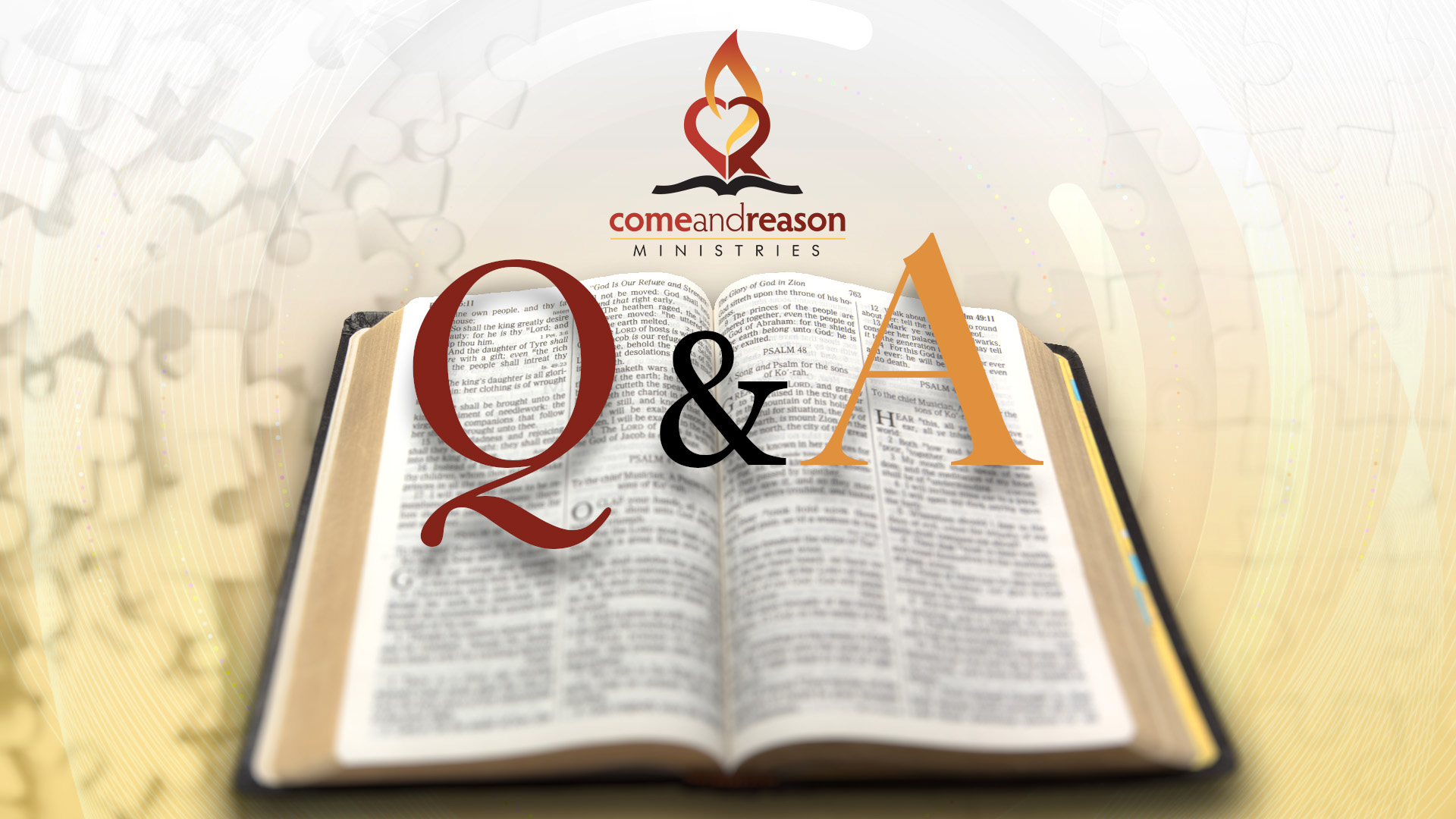Naaman was the pagan commander of the armies of Aram. He had leprosy, and his Jewish slave girl told his wife, who told him about the prophet Elisha. He went to Elisha for healing and was instructed to wash seven times in the Jordan River. However, he initially refused to do so but was encouraged by his advisors to humble himself and give it a try. So, he did and was healed of the leprosy and became a worshiper of Yahweh.
When he met with Elisha before returning to Aram, Naaman made two requests:
Please let me, your servant, be given as much earth as a pair of mules can carry, for your servant will never again make burnt offerings and sacrifices to any other god but the LORD. But may the LORD forgive your servant for this one thing: When my master enters the temple of Rimmon to bow down and he is leaning on my arm and I bow there also—when I bow down in the temple of Rimmon, may the LORD forgive your servant for this (2 Kings 5:17, 18 NIV84).
Elisha responded by telling him to “go in peace” (v. 19 NIV84).
Naaman was now a believer in Yahweh, but he was a new convert, a childlike believer, someone whose heart was devoted to the God of heaven but whose mind was filled with many preconceived falsehoods and misunderstandings that he attached to his view and understanding of God.
The request for some Palestine soil indicates that Naaman had some belief that the gods were tied to the land in some way. He believed, therefore, that to properly worship Yahweh, he would need some of the soil of that place. It’s clear that he didn’t appreciate God as the Creator of the heavens, earth, sea, and fountains of water. Yet, his heart was for God—but his misunderstandings led to innocent yet superstitious beliefs and practices.
Many other innocent worshipers of the God of heaven, through misunderstanding, preconceived ideas, or inability to conceive of abstract applications to biblical symbols, have had superstitious beliefs and practices, such as:
- The veneration of relics—the idea that the remains of some object or person has some intrinsic value in holiness or salvation.
- Pilgrimages—the idea of going to a certain place in order to receive a blessing not obtainable without going to that place.
- Transubstantiation—the belief that once eaten, a wafer made by humans turns into the literal human flesh of Jesus.
If some people do attach superstitious meanings to things like communion, or where one worships, does that mean there is no righteous, healthy, or otherwise legitimate utility in going to a church to worship or participating in communion? Of course not. God has given us many symbols, ceremonies, and practices that are designed to lead our finite minds into an ever greater understanding of reality—but this is the key: Metaphors, symbolisms, and object lessons are only so when they connect directly to reality and enlighten us to that reality. If they are not connected to reality, then they are fantasy—make-believe, virtual, pretend, imaginary; in other words, they are false. And Satan is the father of all that is false.
But Naaman’s second request is more interesting. He asks that God not hold it against him when he refuses to take a public stance for Yahweh and, instead, bows down to Rimmon when his earthly king (employer) bows to Rimmon.
Who was Rimmon? He was the storm god Baal of the Ugaritic texts.[1] In other words, this was another name for the false god Baal, whom Elijah confronted at Mount Carmel—the god that Israel had repeatedly been seduced into worshiping, the one who seemed so successful in getting people to accept instead of our Creator God. How was this possible? Because Baal was a very close counterfeit to the true God of heaven.
Baal was …
- The son of El (i.e., El-ohim or El-Shaddai)
- A god who was often called “Almighty” and “Lord of the Earth”
- A god who brought rain, thunder, and lightning and who fertilized the earth, controlled the sun, and brought the harvest
- A god who fought the great serpent Leviathan, as well as battled against Mot, the god of death. Most amazing of all, it was taught that in his battle with Mot, Baal died and was resurrected to bring life to Earth.
Now, what is wrong with worshiping “God the Son” who is the “Creator” who brings life, controls the weather, fights the great serpent, fights against death, dies for us, and rises again to bring life to the land?
Baal required sacrifice to be offered to him in order for him to provide blessings.
Baal eventually became Zeus to the Greeks, Jupiter to the Romans, Thor to the Norse people—and he became Jesus Christ to all Christians who worship a god who requires the blood of a human sacrifice be offered to him in order for him to provide blessings.
This is why the Bible prophesied through Malachi that:
Before the great and terrible day of the LORD comes, I will send you the prophet Elijah. He will bring fathers and children together again (Malachi 4:5, 6).
God today is waiting for His people to no longer bow down to Baal—to, like Elijah, call attention to the differences between our Creator God of love who does not require payment to be made to Him and this pagan counterfeit, a call to return to worship our Creator whose laws are design laws and to stop worshiping a punishing tyrant who is the source of inflicted pain, suffering, and death as punishment for sin.
Do we today want to act the part of Naaman? Do we say to God:
I believe in you, the true Creator of heaven and the earth. I know you are not like Baal, but let me be like Naaman. Let me quietly bow down in my church where they present Baal in your place, where the people are worshiping a god of thunder, a god of wrath, a god that requires the blood payment of Jesus be presented to him in order for that god not to lash out in anger and wrath, in order for that god to forgive. You know I don’t believe it; but forgive my compliance with the religious edicts coming from church authority as I bow, for I might be called to account by the church board; I might be disfellowshipped; I might lose my job, for I, like Naaman, work for those who worship Baal in your place.
I am not suggesting anyone leave their church organization, but to recognize that we are living in a different time than Naaman—and to stand up for the God of heaven! We are on the cusp of eternity, the brink of the Second Coming, and God is calling His people to stop bowing down to counterfeits, to stop worshiping creatures, to return to worshiping Him as Creator—and that requires we reject the lie that God’s law functions like human law requiring that god to use his power to inflict punishment for sin. We are called to return to worship Him who made the heavens, earth, sea, and fountains of water—and that requires we recognize God’s laws as design laws, the protocols life itself operates upon. It is time to give glory to God, for the hour has come for people to make a right judgment about Him—the hour of His judgment has come!
[1] Achtemeier, P. J., Harper & Row and Society of Biblical Literature. (1985). In Harper’s Bible dictionary (1st ed., p. 365). Harper & Row









 using your credit or debit card (no PayPal account needed, unless you want to set up a monthly, recurring payment).
using your credit or debit card (no PayPal account needed, unless you want to set up a monthly, recurring payment). instead?
instead?